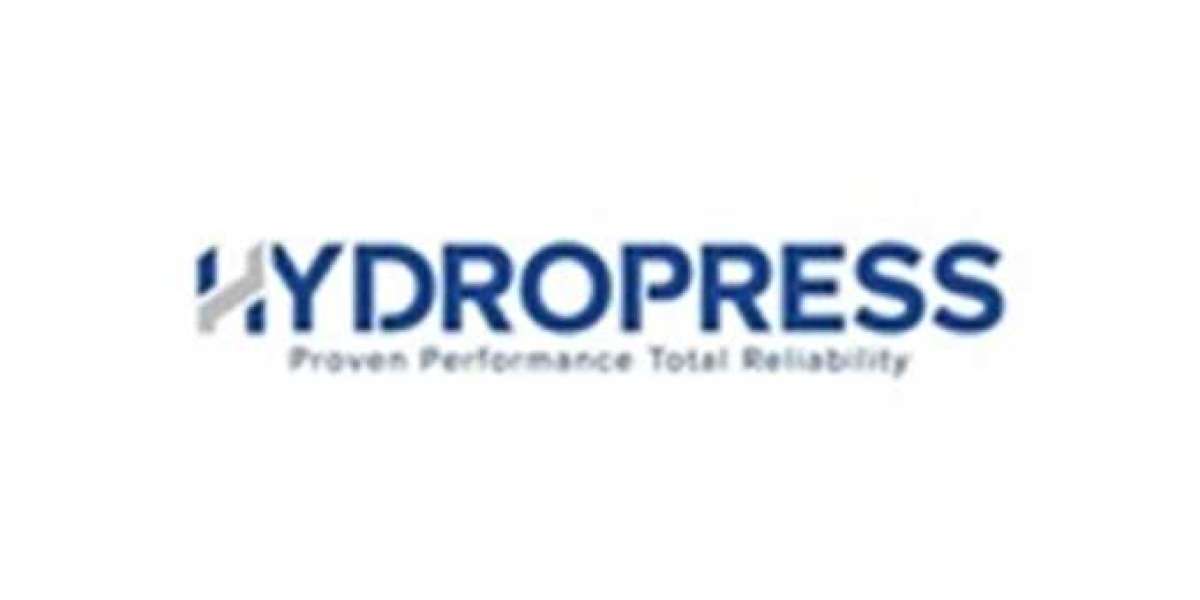Holographic technology is an upcoming trend that is likely to disrupt the educational sector and change the way subjects are learned and taught. There are measurable improvements in comprehension, engagement and retention among students because a hologram in education can provide immersive, interactive experiences. This article delves into the various advantages of the use of holograms in the educational system and the way it can transform the classes.
Hologram for Education Overview
Holography has to do with producing images that can be viewed at different angles creating a three-dimensional image making the representation of an object or even a concept a more realistic one. In education, a Hologram in classroom can be used in place of materials such as textbooks and flat images due to the dynamism such verticals bring whilst interacting with the content. For example, Students may wear headsets that enable them to view engage in the movement of the holographic picture of the human heart while performing its various functions viewing its activity from different angles which greatly boosts their comprehension levels, unlike flat pictures.
Benefits of Holograms in Education
Enhanced Engagement
Lessons using methods such as holograms, for instance, capture students’ attention or draw much more interest than any conventional teaching practice can. Traditional classrooms can be taken to the next level. This makes learning for example such complex subjects as Teaching and Learning easy. For example, instead of just memorizing various facts concerning the human body, learners of biology will get a 3D image of one and will be able to navigate through the skin, muscles, and organs. Enjoyable Learning – this tact of learning is fun to participate in but is directed towards something other than enjoyment alone.
Improved Understanding of Complex Concepts
Numerous disciplines, especially STEM (Science, Technology, Engineering, Mathematics), contain concepts that may be difficult for students to understand conventionally. Holographic technology permits such concepts to be visualized. For example, chemistry students can watch 3D holograms of chemical reactions or atomic structures, which helps them comprehend complex concepts such as chemical bonds. This allows learning in theory and practice to consolidate better.
Accessibility and Inclusivity
Disabled students can also attain profit by using holograms. As a few students may face trouble with traditional learning, hologram demonstrations can provide multiple methods of registering content that assist multiple learning styles. Furthermore, holographic technology enables the possibility of distant education where learners can interact with the best instructors all over the world in virtual classrooms. This means that all students can benefit from the rich educational materials available.
Real-World Applications
Apart from lectures, holograms also provide field training in several sectors. Medical students, for instance, can recreate surgery on a computer-generated figure of a human body and not necessarily on a living person. Likewise, engineering students can use holography to understand how machines work by handling equipment models in three dimensions. These and other such simulations enhance practical understanding which readies learners for the challenges of practice.
Bridging Geographic Barriers
The use of holographic technology in education can help surmount the physical barriers of distance. Students located in sparsely populated areas can go on a virtual excursion, or use facilities predominantly found in large cities. For example, a certain class may wish to explore a famous gallery or any other educational exhibition virtually without leaving the town. This extends the limits of education and enhances the quality of learning.
The Future of Holography in Education
The Hologram applications in education do not seem bleak. With more and more schools embracing the use of holograms in their institutions, the horizon looks bright. Research has proven that the integration of current technologies such as VR (Virtual Reality), AR (Augmented Reality), and holography can enhance memory Recall by as high as 75% when compared to ordinary learning systems that involve physical attendance of lectures. On top of this, some projects such as the Project HoloLearn are concerned with the use of holograms in distance education to foster social interaction between a teacher and students.
Challenges and Considerations
Notwithstanding the possible advantages that holography in education can bring, its implementation on a wider scale may be faced with obstacles. One of the major challenges in this case is the cost. Most of the modern hologram applications in education and other advanced facilities can be too costly for low-budget institutions. Moreover, there could be certain teachers who have been teaching the traditional way and not encouraging the adoption of technologies and therefore may be reluctant about the change.
Conclusion
A Hologram in Education is the new paradigm of educational technology that can change how subjects are taught as well as understood. Holograms have the potential to change classroom scenarios for generations to come because they can enhance engagement, comprehend difficult ideas better, encourage diversity, offer practical insights and overcome physical distance. As these trends develop with time and an emphasis on active and interactive learning, the young generation should not be left behind as adaptation to such advancement will be necessary for equipping learners with preparedness for the existing and future challenges. To know more about Holographic displays, get in touch with Vision3D customer care number - +91-8971953451.











